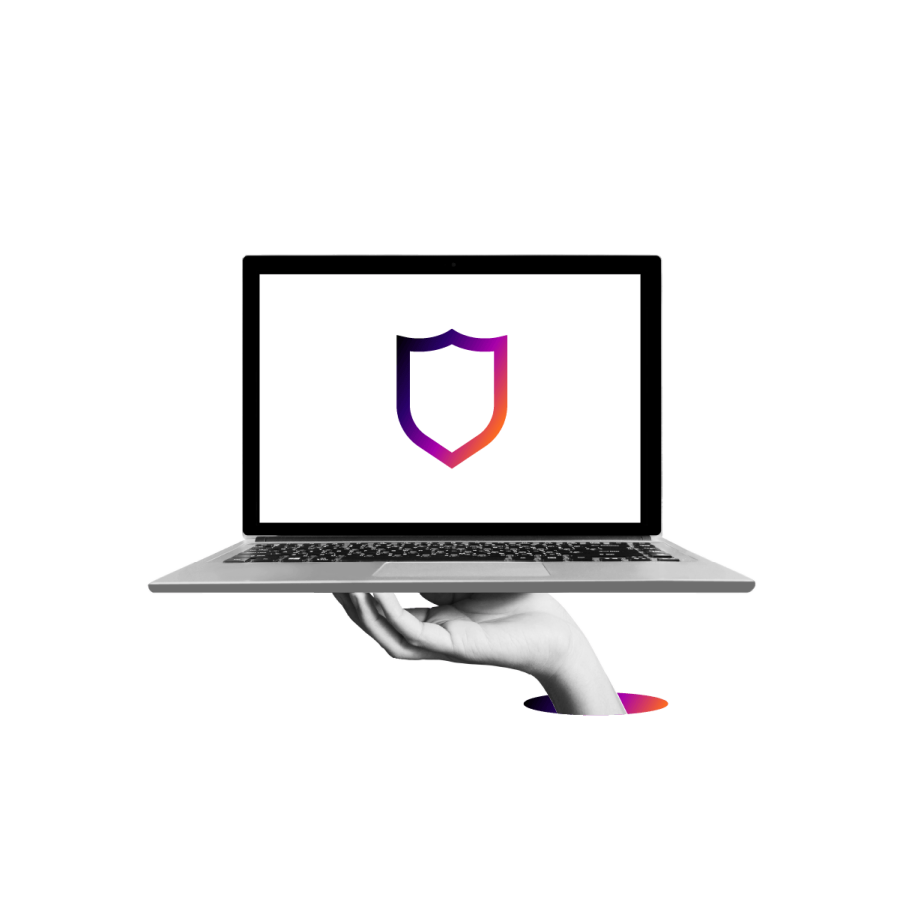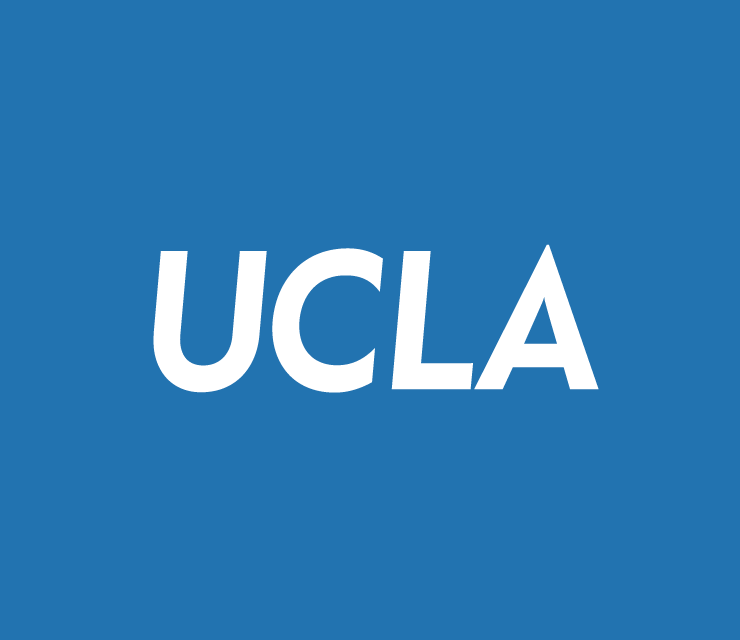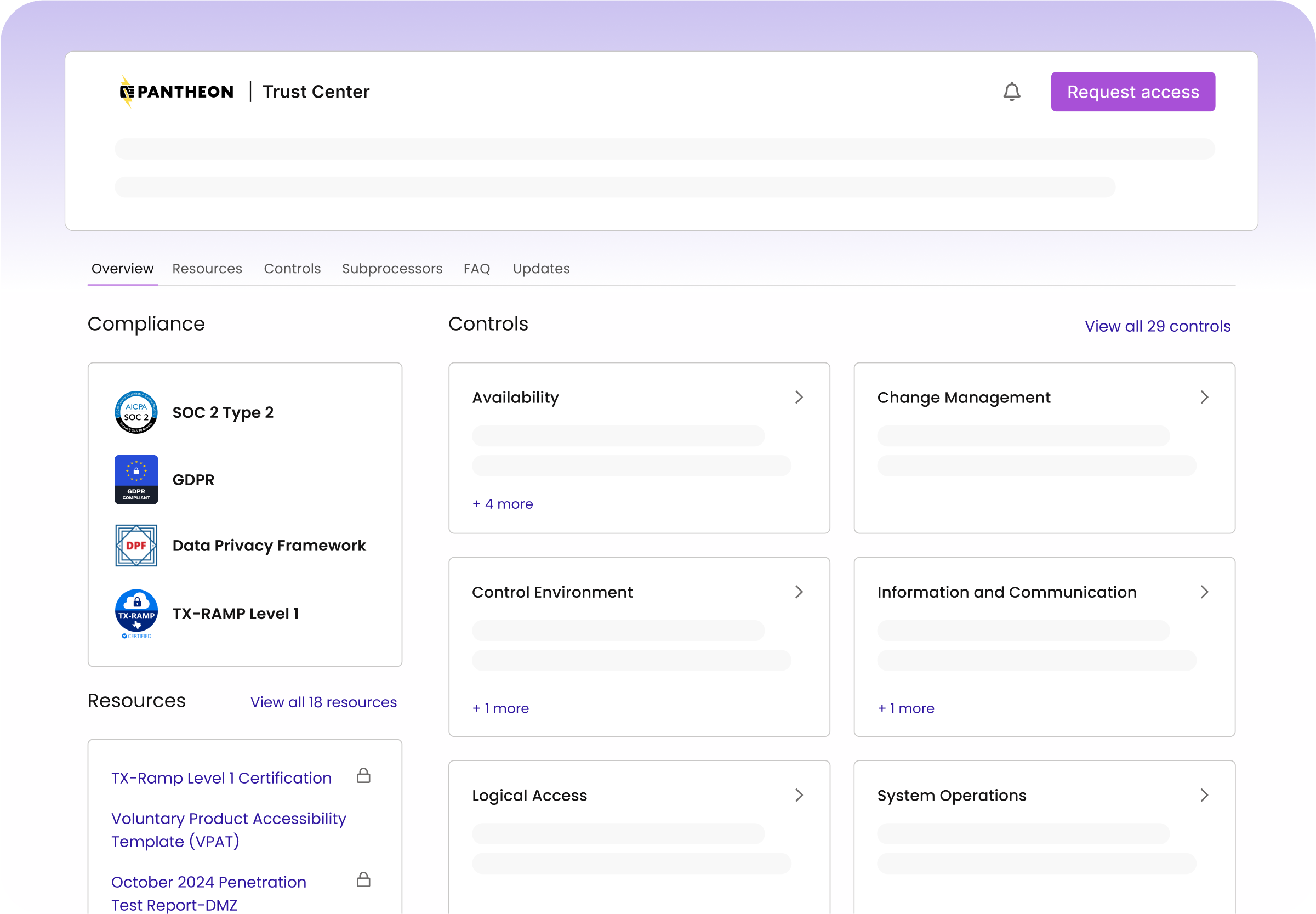Strengthening Cyber Defenses in Higher Ed
Image

It’s no surprise higher education institutions have become hotspots for cyber threats. With an ever-expanding digital footprint, universities and colleges face unique cybersecurity challenges, such as protecting student information and groundbreaking research.
In 2023, the average cost of a data breach in higher education soared to $3.65 million – a massive blow to institutions’ finances and reputations. But cyber attacks aren’t just financially damaging. In December 2021, a crippling ransomware attack on Lincoln College in Illinois rendered its critical recruitment, retention and fundraising systems inoperable for four months. This operational paralysis meant insufficient students were enrolled for the following year, ultimately forcing this historic institution to close its doors.
And it’s not going to stop there. As cybercriminals get more sophisticated, the need for solid cyber defenses in higher education has never been more necessary. In this article, we’ll explore why higher education has become such a target and examine what you need to do to protect your institution's site.
Why Is Higher Education Vulnerable to Cyber Attacks?
Universities and colleges are increasingly finding themselves in the crosshairs of cybercriminals. This vulnerability stems from several unique characteristics:
The Wealth of Sensitive Data
Universities and colleges handle large volumes of sensitive data, including personal information, financial records, intellectual property and research data. This makes them attractive targets for cybercriminals looking to exploit such information for identity theft, financial fraud or competitive advantage. The potential payoff from exploiting this data makes higher education a prime attack target.
Large Attack Surface
Higher education environments typically feature a wide array of decentralized websites managed by different departments or schools, each with varying security measures. These domains can introduce vulnerabilities and serve as potential entry points for cyber attacks.
This decentralization makes implementing uniform security protocols across all websites challenging and leads to inconsistent security practices. Therefore, detecting and responding to security incidents can be delayed, exacerbating the impact of any breach.
Extensive and Diverse User Base
Educational institutions’ extensive and diverse user base includes current students and staff and alumni. Enforcing stringent cybersecurity measures across such a broad user base, with varying levels of tech-savviness and security awareness, can be overwhelming.
Open and Collaborative Nature
Higher education thrives on openness and collaboration. While these values are indispensable to academic progress, they can pose significant cybersecurity risks. The open nature of these networks, which facilitates information sharing and connectivity, can also make it easier for attackers to find and exploit vulnerabilities.
Limited Resources for Cybersecurity
Despite their critical need for robust cybersecurity, many higher education institutions, especially public ones, face significant budget constraints. This often results in underfunded cybersecurity initiatives, insufficient cybersecurity infrastructure, and a shortage of specialized personnel. Such constraints leave institutions more at risk than well-resourced corporate environments.
Legacy Systems
Many higher education institutions were early adopters of internet technology. And although significant upgrades have been made, reliance on outdated legacy systems is not uncommon. These older systems are often less secure than newer technologies and can be riddled with unpatched vulnerabilities, further exposing the institutions to cyber threats.
Cybersecurity Risks Colleges and Universities Are Facing
U.S. educational institutions faced an average of 2,507 attempts per college or university per week in the first quarter of 2023 alone, marking a 15 percent rise compared to the previous year. As cyber threats continue to evolve, colleges and universities must navigate the many risks that can compromise their operations, reputations and the privacy of their communities. Here are some of the most significant cybersecurity risks that higher education institutions are currently facing:
Data Breaches
Data breaches occur when unauthorized individuals gain access to confidential information. For universities and colleges, this could mean exposing personal student records, financial information, employee data and sensitive research materials.
The aftermath of a data breach can be disastrous, affecting the trust of students, faculty and stakeholders. It could lead to identity theft, financial fraud and the loss of intellectual property.
SQL Injections
Educational institutions rely heavily on databases to manage student records, grades, administrative details and more. However, if a hacker successfully executes an SQL injection attack, they can bypass security measures and gain unauthorized access to this treasure trove of information.
SQL injection occurs when a malicious actor takes advantage of vulnerabilities in an application's code that interacts with a database. This violates user privacy and tarnishes the integrity of the institution. Grades could be tampered with, personal information exposed and trust shattered.
Instead of entering legitimate data in the user input fields, the hacker inserts malicious SQL commands crafted to exploit vulnerabilities in the application's user input handling. The application fails to validate or sanitize the user input properly, so the malicious SQL commands are not filtered out and are passed directly to the database server for execution.
The database server, unaware that the SQL commands are malicious, executes them as legitimate queries. This allows the attacker to perform actions such as extracting sensitive data, modifying database contents, or gaining administrative access to the system.
Phishing
The cyber security breaches survey published by the UK government in 2024 uncovered that higher education institutions are particularly vulnerable to phishing attacks, with 100% of surveyed institutions experiencing at least one in the past 12 months.
Phishing attacks involve tricking individuals into revealing sensitive information or downloading malware by posing as a trustworthy entity in electronic communications. In the context of higher education, attackers might impersonate administrators, IT staff or even fellow students to obtain passwords, banking details or access to institutional networks. Phishing remains one of the most common attack vectors due to its simplicity and effectiveness, particularly in environments with a wide range of tech proficiencies.
Ransomware
Ransomware attacks involve hackers encrypting an institution’s data and demanding payment for the decryption key. These attacks can cripple essential systems, from administrative databases to digital learning platforms, as demonstrated by the closure of Lincoln College. The recovery process can be costly and time-consuming, potentially leading to significant operational disruptions.
Distributed Denial of Service (DDoS)
DDoS attacks are designed to overwhelm networked systems, such as those running a university’s website or online services, with a flood of internet traffic, rendering them unusable. These attacks do not typically result in data theft but can hinder critical digital services, impede learning, disrupt administrative tasks and damage the institution's reputation for reliability.
Each of these risks requires a tailored approach to mitigation, emphasizing the importance of comprehensive cybersecurity strategies tailored to higher education environments' specific needs and vulnerabilities.
Best Practices Against Cyber Crime
The FBI uncovered that cyberactors have successfully harvested and sold credentials from educational institutions on many occasions. These credentials have been advertised on online criminal marketplaces and accessible forums, posing a serious risk of subsequent cyberattacks on individual users or affiliated organizations.
Cybersecurity is an ongoing challenge for higher education institutions. They must balance the openness for academic freedom with the stringent security measures to protect sensitive data and intellectual property.
Here are some best practices that higher education institutions can implement to mitigate cyberattacks:
- It is important to provide comprehensive training programs for all users—students, faculty, staff and even alumni. These programs should educate users on recognizing phishing attempts, the importance of strong, unique passwords, and the safe handling of sensitive information. Regularly updated training can significantly reduce the risk of human-error-related security breaches.
- Defining precise, tested and efficient procedures for responding to various cyber incidents. These plans should include steps for containment, eradication of threats, recovery of data and communication with affected parties, ensuring minimal impact and a swift return to normal operations.
- Adopting multi-factor authentication (MFA) and encryption technologies is vital for protecting sensitive information. MFA adds a security layer by requiring two or more verification factors, significantly decreasing the risk of unauthorized access. Encryption protects the confidentiality and integrity of data at rest and in transit, rendering sensitive information unreadable to unauthorized users.
- Enforcing security best practices (especially for institutions relying on content management systems (CMSs) like Drupal and WordPress, is essential. This includes regular updates to the CMS software and its plugins/modules, securing user accounts with strong authentication measures and maintaining secure database management practices. Implementing threat modeling and regular security monitoring can also help identify and mitigate risks. You can find more details on these best practices in our guide on Drupal security.
- Choosing a secure hosting provider like Pantheon to harness specialized hosting solutions tailored for educational institutions and integrate enhanced security measures that protect against a wide range of cyber threats. With Pantheon, colleges and universities can ensure that their digital infrastructures are robustly secure, supporting their educational missions while safeguarding against cybercrime.
Pantheon in Action: UCLA
Image

The University of California, Los Angeles (UCLA) Division of Student Affairs faced significant challenges with its legacy web environment, which was self-hosted on an outdated CMS. This unsustainable setup hindered the university's ability to meet its security objectives. Managing 64 public-facing websites separately became increasingly impractical, leading to many issues, including system inaccessibility, frequent errors and a failure to ensure uniformity across the university's digital presence.
Recognizing the need for a powerful solution to streamline operations and enhance security, UCLA turned to Pantheon and Drupal. This transition allowed UCLA to consolidate their web operations into a more manageable and secure framework.
Pantheon allowed UCLA to centralize management across all websites, significantly improving digital infrastructure efficiency and security.
"Pantheon lets us safely develop new features for individual websites by copying a production site into Dev, Test, Live environments. From there, we confidently develop, test and launch features. This capability enables a very compelling use case for us that we could not do on our previous system,” said Matthew Geddert, Manager of Design and User Experience at UCLA Student Affairs IT.
Keeping Higher Education Students Safe
While cybersecurity typically focuses on protecting systems and data from unauthorized access, it's equally important to consider the direct impact on student safety. There's a common misconception that today's students, being digital natives, are naturally savvy about cybersecurity risks. However, with cyber threats becoming more frequent and sophisticated, relying on this assumption can be dangerously complacent.
The FBI's findings reveal a troubling trend: between 2018 and 2021, there was a sharper increase in cybercrime incidents involving victims aged 20 and under compared to those aged 60 and above. This shows the urgent need for institutions to educate their students about these risks actively.
Effective cybersecurity education should be a collaborative effort that involves students as active participants rather than a top-down mandate. Higher education institutions must engage students in meaningful ways to ensure they understand the risks and are motivated to adopt safe online practices. Workshops, seminars and interactive campaigns can be practical tools for raising awareness and fostering a culture of cybersecurity.
By involving students in developing and implementing cybersecurity policies, institutions can ensure these measures resonate more effectively with their lifestyles and daily activities. Moreover, creating student ambassador programs or peer-led initiatives can enhance engagement and reinforce the importance of cybersecurity within the student community.
Securing Your Site With Pantheon
Given the expansive platforms of universities and colleges and the sheer volume of users, cybersecurity presents a particularly difficult challenge. The vast attack surfaces and the extensive access required by students, faculty and staff amplify the potential vulnerabilities.
Adhering to cybersecurity best practices, as discussed in this post, is essential to navigating these complexities. However, even the most comprehensive practices can fall short without a solid technological foundation.
Pantheon is a fast and reliable hosting service for Drupal and WordPress. It offers specialized tools to streamline workflows for managing site portfolios and incorporates exceptional security measures to safeguard digital assets.
Pantheon's suitability for higher education is evidenced by its array of features designed to handle the complex web operations typical of universities and colleges. From automated security updates to scalable infrastructure, Pantheon ensures that cybersecurity is continuously upheld, removing the burden from your IT staff.
Get more insight and download our free ebook packed with strategies to enhance your institution's cybersecurity posture effectively!


